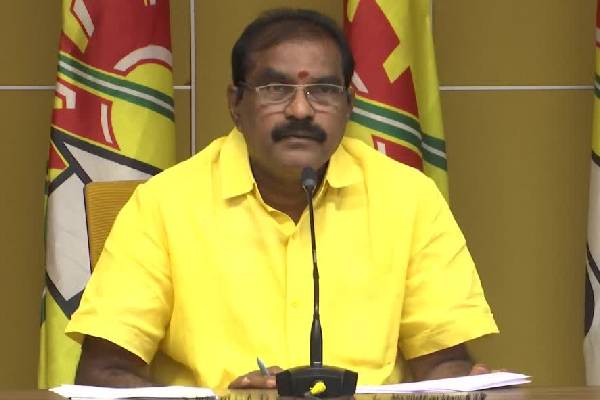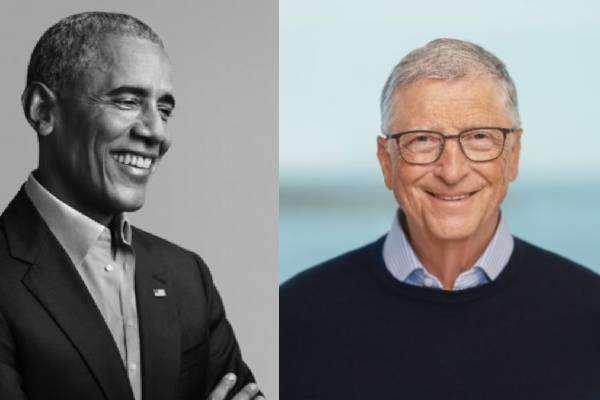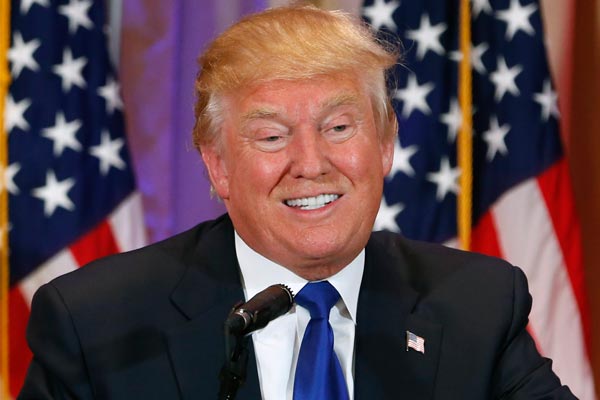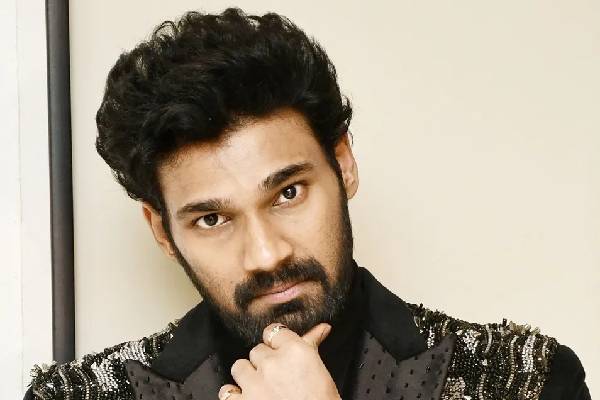With polling over in three dozen US states, Republican Donald Trump took a surprise lead over his Democratic opponent Hillary Clinton in one of the most bitterly contested fights for Presidency.
The New York Times — for the first time — gave Trump a 61 per cent chance of becoming the next US President, proving wrong most pundits who had predicted a Clinton win in a tightly fought battle.
Trump, who appeared a loser only weeks ago, on Tuesday led with 149 electoral votes to Clinton’s 109. A total of 270 is needed to take charge of the White House.
CNN said with 48.9 per cent, Trump was ahead of Clinton (47 per cent) in the national popular vote. He had one million votes more in his kitty.
CNN projections gave Trump impressive leads in Virginia, Georgia, Michigan, New Hampshire, Wisconsin, Montana, Kansas, Nebraska, Missouri and Wyoming and, vitally, in the key battleground states of Florida, Ohio and North Carolina.
The former Secretary of State was projected to win in New York, Texas, Vermont, Illinois, New Jersey, Massachusetts, Maryland, Rhode Island, Delaware, Connecticut and the District of Columbia.
In Florida, Trump led among white voters, including those with a college degree, the New York Times said.
Arizona, Colorado, Louisiana, New Mexico, Iowa, Nevada and Utah were too close to call, CNN said.
Both Clinton and Trump earlier voted along with their families in New York on the morning of the election day on Tuesday.
Vermont Senator and former presidential hopeful Bernie Sanders voted for Clinton and again called for Trump’s defeat.
But it was clear even as the balloting began that the fate of the two main candidates would be decided by the bulk of the seemingly angry voters across the country.
Clinton appeared to be leading Trump by a few per cent points in the early national polls but Trump — who had always been confident of winning — came back strongly.
At a polling place in the Borough of Brooklyn, New York, dozens of voters lined up outside the building as early as 7 a.m.
Peter Vanden Bos said he voted for Clinton because he thought Trump was divisive, unqualified and unfit for the presidency.
“I wish the campaign would not have been so contentious and negative,” he said. “I’m just glad it’s over.”
Wearing a bright red cap with “Make America Free Again,” Trump supporter Alex Burlak was a rare sighting in the Borough that was considered more liberal than the rest of the city.
Burlak, a pharmacy owner, said he believed Clinton was the most corrupt politician in US history and “never told the truth in public, ever”.
In Frederick Samuel Community Centre in Harlem, northern New York City, voter Desiree Kennedy did not want to disclose whom she had voted for, but said: “Honestly, I don’t care about either of the candidates.”
In Williamsburg Community Centre in Brooklyn, Scott, a start-up owner in his 30s who only gave his first name, said: “I voted for Trump because I want something completely different.”
Trump’s campaign saw dramatic ups and downs.
Some polls in recent months saw the brash billionaire leading Clinton by a point or two. And while it seemed just a few weeks ago that his campaign was doomed after the release of tapes in which he made outrageous sexist comments, Trump was able to spring back.
Trump’s numbers surged recently after the Federal Bureau of Investigation (FBI) re-opened its investigation into Clinton’s email scandal.
The 2016 race for the White House will be remembered for being the contest in which both candidates have unusually high negative rates, with each being despised by certain demographics.
While Trump is highly popular among white blue-collar Americans, he is hated by many single women and Latinos. Clinton is somewhat popular among her own supporters, but deeply distrusted by much of the public.

































